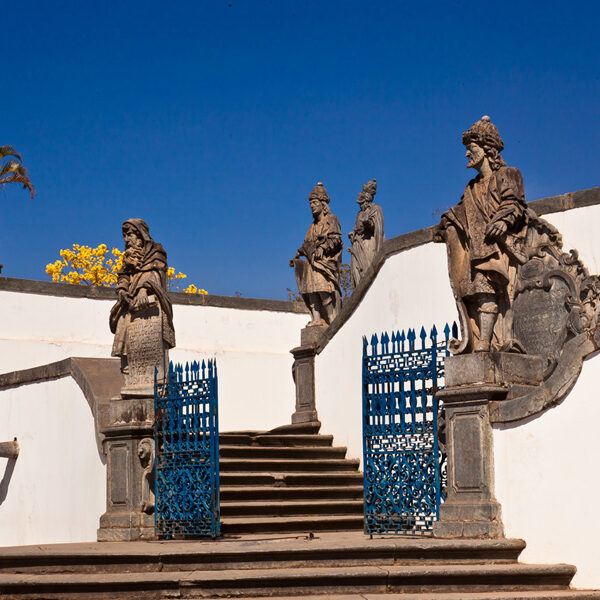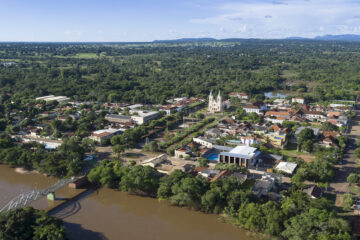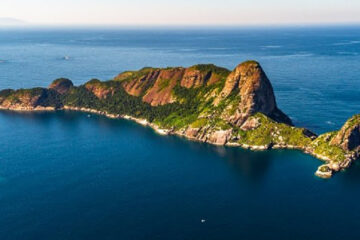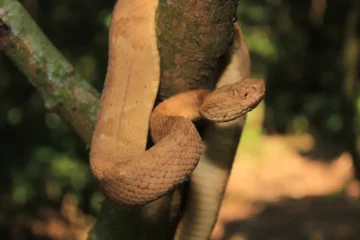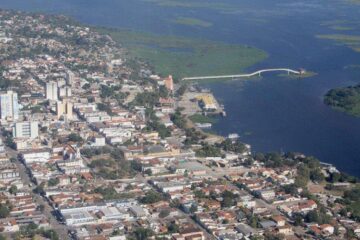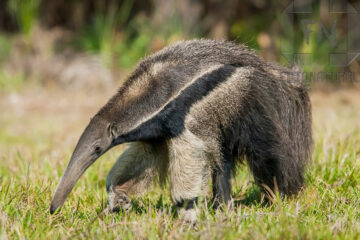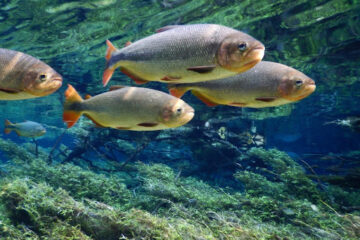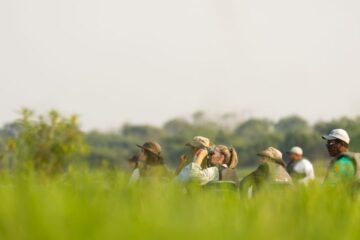Catas Altas is a graceful colonial town that was founded in 1712. Located 110 kilometres from Belo Horizonte on the MG-129 and BR-381 motorways, it borders Santa Bárbara, Mariana and Alvinópolis. Located at the foot of the Caraça mountain range, especially the peak of Catas Altas, at an altitude of […]
Historic cities in Minas Gerais
The historic cities of Minas Gerais were born out of the mining fever that marked Brazil from the 18th century until the first decades of the following century.
The historic cities of Minas Gerais are divided into two groups:
1. The gold circuit, to which they belong
- Ouro Preto
- Mariana
- São João del-Rei
- Tiradentes
- Congonhas
- the various towns and districts that surround them
2. Diamond Circuit, whose main centers are
- Diamantina
- Serro
Ouro Preto and Diamantina have been declared World Heritage Sites by Unesco; the other cities, regardless of their titles, also boast treasures of colonial art and architecture.
What they all have in common – more than the houses, the magnificent churches and monuments, the uneven cobblestones and the beautiful landscapes that surround them – is the untranslatable atmosphere in which nature and history, past and present are mixed.
Pico do Itacolomi – Tourist Attractions, History and Trails
Pico do Itacolomi in Pico do Itacolomi State Park (“stone-child” in Tupi-Guarani), with its 1772 metres, was the point of reference for bandeirantes searching for gold in the Minas Gerais hills at the end of the 15th century. It was in the streams that cut through its surroundings that gold was […]
History and Touristic Attractions of Sabará in Minas Gerais
The Arraial de Sabarabuçu, founded in 1674 with the arrival of the Fernão Dias flag under the command of Borba Gato, was elevated to Vila Real de-Nossa Senhora da Conceição de Sabarabuçu in 1711. The alluvial gold that flowed from the now polluted and pale Rio das Velhas gave it […]
Summary of the History of Minas Gerais
For more than three hundred years, Minas Gerais supported the Portuguese Crown, helped to build the idea of an independent Brazilian nation and always managed to remain influential in Brazilian political decisions. In the beginning it was the backlands. In the first centuries of colonization, the territory that we now […]
History of the Baroque of Minas Gerais – Aleijadinho and the master Ataíde
Baroque appeared in Brazil a little later, during the 18th century. The Baroque of Minas Gerais was a peculiar version of the Baroque that developed in Minas Gerais between the 18th and 19th centuries. Architecture, painting, sacred sculpture and music all featured prominently in the Baroque of Minas Gerais. Evoking […]
Caraça Sanctuary Complex in Minas Gerais
The Caraça Sanctuary Complex is the only private natural heritage reserve with 11,233 hectares of enchanting transitional landscapes of Atlantic forest and savannah framed by a mountain range with peaks over 2,000 meters high that is part of the Espinhaço mountain range. The Serra do Espinhaço is a mountain range located […]
Tourist attractions and routes in Serra do Cipó National Park MG
Serra do Cipó National Park is located in the south of the Espinhaço mountain range in Minas Gerais. The Serra do Cipó encompasses the municipalities of Jaboticatubas and Santana do Riacho, both of which have a good infrastructure of inns and restaurants. Serra do Cipó National Park, with altitudes ranging […]
Estrada Real – History, Paths and Tourist Attractions
In the early days of exploration in the gold region, at the end of the 17th century, a long road connected the mining settlements to the port of Paraty, crossing the Mantiqueira mountain range. The journey took three months. In 1698, the bandeirante Garcia Rodrigues obtained authorization to open a […]
Tourist Attractions and History of Serro MG
The town of Serro, in its early days known as the former Vila do Príncipe do Serro Frio, was the seat of one of the first four districts of the Captaincy of Minas Gerais. The city’s colonial architecture has been preserved, and its streets retain the characteristics of the eighteenth-century […]
Diamantina – Tourist Attractions, History and Architecture
Diamantina in Minas Gerais, 280 kilometers north of Belo Horizonte via the BR-040 highway, is the gateway to the Jequitinhonha valley. Its formation dates back to the 18th century; it was then called the arraial of Tijuco, and arose from the exploitation of diamonds, which was ruthlessly controlled by the […]
São João del-Rei MG – Tourist Attractions, History and Architecture
Modern buildings mix with colonial relics in São João del Rei, whose history begins at the end of the 17th century. In 1713, the village founded by bandeirantes on the banks of the River Mortes was elevated to the status of a town with its current name, in honor of […]
History, Ecotourism and Tourist Attractions of Tiradentes MG
At the beginning of the 18th century, the future Tiradentes was just another prosperous mining town in Minas Gerais. In 1718 it was elevated to the category of town and renamed São José, in honor of the Portuguese prince. The current name came only after the Republic, in reference to […]
History and Architecture of the Church of São Francisco de Assis in Ouro Preto
The Church of São Francisco de Assis, located in Ouro Preto, Minas Gerais, is considered one of the masterpieces of the Brazilian Baroque. During the colonial period, no city grew as much and as fast as the curvaceous Ouro Preto in Minas Gerais. The abundance of gold and precious metals […]
Biography of Antônio Francisco Lisboa, better known as Aleijadinho
Aleijadinho is considered the greatest representative of the Baroque style in Minas Gerais and is known for his soapstone sculptures, wood carvings, altars and churches. Biography of Antônio Francisco Lisboa, better known as Aleijadinho Antônio Francisco Lisboa (1738-1814), better known by his nickname Aleijadinho, was born in Ouro Preto, the […]
Sanctuary of Bom Jesus de Matosinhos in Congonhas MG
The Sanctuary of Bom Senhor Jesus de Matozinhos is home to one of the most valuable monuments on the planet and is located in the city of Congonhas, in the central region of Minas Gerais. Geniuses such as Aleijadinho and Mestre Ataíde not only created true masterpieces, but also promoted […]
Mariana was an important historical city in the Gold Circuit of Minas Gerais
Mariana in Minas Gerais is one of the most important historic cities on the Minas Gerais Gold Circuit. Together with its districts, it holds interesting relics from the time when the history of the state began to be drawn. Mariana was the first capital of Minas Gerais, the first city […]














